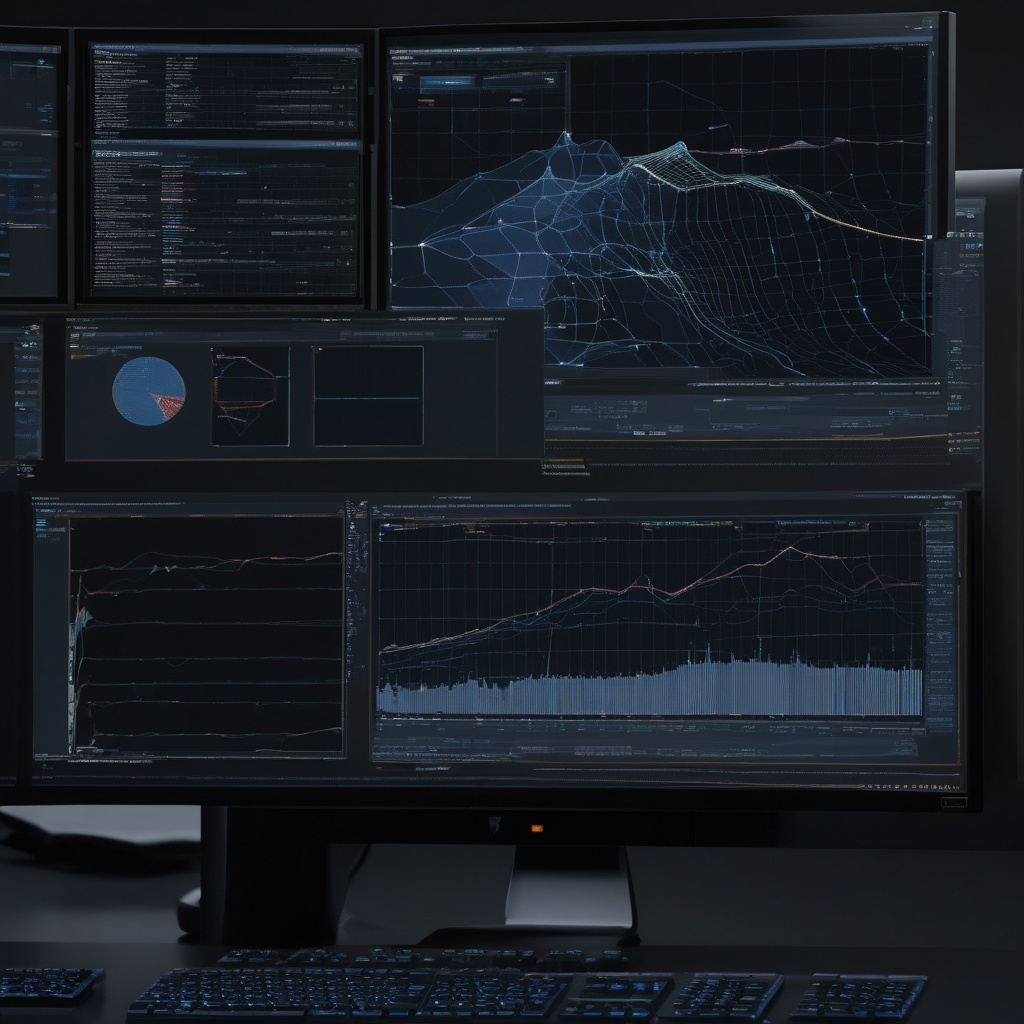Title: Navigating Terraform Drift Detection at Scale for Early Intervention
In the realm of infrastructure management, Terraform stands out for its declarative approach that streamlines configurations across diverse cloud environments. Yet, as organizations scale, a critical challenge emerges: configuration drift. This phenomenon occurs when manual interventions, direct cloud console modifications, or parallel automation processes lead to discrepancies between the actual infrastructure state and the Terraform-managed blueprint.
While these alterations may keep systems operational, they introduce a layer of complexity that can trigger unforeseen issues. From erratic behaviors to operational disruptions and potential production outages, the implications of configuration drift are far-reaching. To mitigate these risks, early detection becomes paramount.
Terraform’s innate assumption of exclusive infrastructure control can become a double-edged sword in dynamic environments. As teams adapt to evolving requirements, the temptation to bypass Terraform’s lifecycle for quick adjustments grows. Consequently, the alignment between the actual infrastructure state and the defined Terraform configurations can diverge, setting the stage for drift-related challenges.
To proactively tackle configuration drift, implementing robust detection mechanisms is essential. By leveraging Terraform’s drift detection capabilities, teams can swiftly identify and rectify inconsistencies between the desired state and the actual environment. Through regular scans and automated checks, deviations can be pinpointed before they escalate into critical issues.
By integrating drift detection into the CI/CD pipeline, organizations can embed a layer of validation that ensures any changes made outside Terraform’s purview are promptly flagged. This proactive approach not only enhances visibility into infrastructure changes but also fosters a culture of adherence to defined configurations, bolstering operational stability.
Moreover, coupling drift detection with version control practices enables teams to trace back deviations, understand the root cause of drift events, and implement corrective measures effectively. This holistic approach not only minimizes the impact of configuration drift but also strengthens the overall configuration management process.
In essence, early intervention through vigilant drift detection mechanisms is the cornerstone of maintaining infrastructure integrity in Terraform-managed environments. By embracing proactive monitoring, aligning operational practices with Terraform’s principles, and fostering a culture of continuous validation, organizations can navigate the complexities of scale while safeguarding against the pitfalls of configuration drift.
In conclusion, staying ahead of configuration drift demands a proactive stance that integrates detection measures seamlessly into existing workflows. By harnessing Terraform’s capabilities in tandem with best practices for drift detection, organizations can uphold configuration consistency, mitigate operational risks, and uphold the reliability of their infrastructure in the face of evolving demands.

